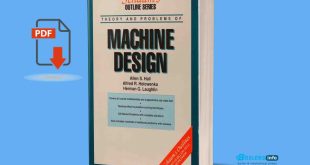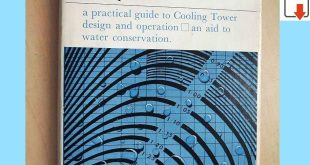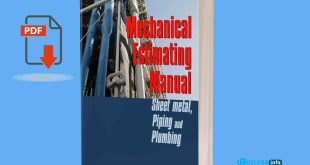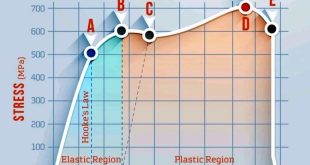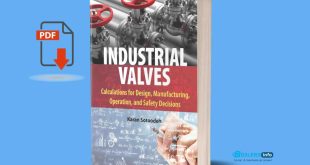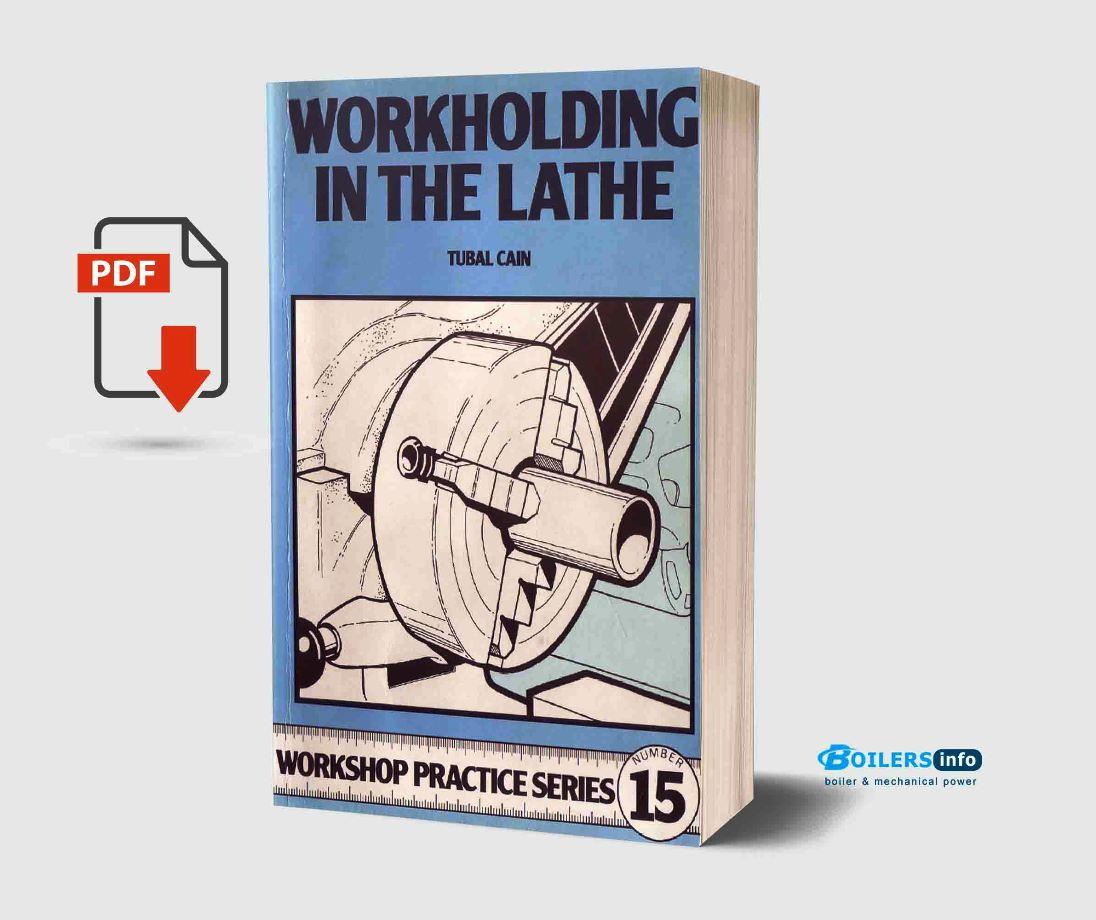
This book is part of the Workshop Practice Series, which aims to provide a practical and accessible guide to workshop enthusiasts of all skill levels. Whether you are a beginner or an experienced machinist, this book will help you understand the fundamentals of lathe workholding and improve your machining capabilities. A lathe is a versatile machine that has been used for centuries to produce precise cylindrical shapes in a variety of materials. Whether you are a professional machinist or a hobbyist, work holding is an essential aspect of lathe operation that can greatly affect the accuracy and quality of your work. Additionally, we will cover techniques for mounting and centering workpieces in these devices, as well as methods for ensuring concentricity and reducing runout. We will also examine special workholding considerations for different types of materials, such as aluminum, brass, and steel.
The Contents of Workholding In The Lathe
- Chapter 1: Between Centres
- Principles and conditions for accuracy
- Types of centres
- Centring the work
- Driving non-circular workpieces
- Clamps and throwpieces
- Taper turning mandrels
- Chapter 2: Faceplate Work
- Principles and clamping
- Dogs
- Adhesive fixing
- Vee-blocks
- Fixtures
- Centring methods
- Lathework A Complete Training Course
- Chapter 3: Chuckwork – General
- Chucking principles
- Distortion
- Number of jaws
- Chuck mounting
- Chapter 4: The Universal or Independent Chuck
- Gripping forces
- Setting up
- Irregular shapes
- Overhang
- Unorthodox methods
- Compound chucking
- Screwcutting in the Lathe Machine
- Chapter 5: The Self-Centring Chuck
- History and types
- Strength of the scroll
- Accuracy
- ‘Griptru’
- Errors and wear
- Eccentric work
- 4- and 6-jaw types
- Chapter 6: Unusual Chucks
- Bell and cup chucks
- Master-and-slave chuck
- Wood-block chucks
- The shellac chuck
- Vertical Milling in the Home Workshop
- Chapter 7: Collets
- Draw-in collets
- Dead-length types
- Double-taper and Schaublin collets
- Precautions
- Stepped collet chucks
- Auxiliary collets
- Arbors
- Adaptors
- Deadstops
- The Myford system
- Chapter 8: Work Steadies
- Principles
- Chatter
- Overhang
- Setting the fixed steady
- Boring from the fixed steady
- Setting the travelling steady
- Using with over-length work
- The boring collar
- Types of Micrometers and their uses
- Lathe Alignment
- Principles
- Lathe bench or stand
- Jacking screws
- Setting up with spirit level
- The dial indicator method
- The turning test method
- Caliper method
- Making a test-bar
- Alignment of a worn lathe
 Boilersinfo Boiler and Mechanical Power Digital Library
Boilersinfo Boiler and Mechanical Power Digital Library
